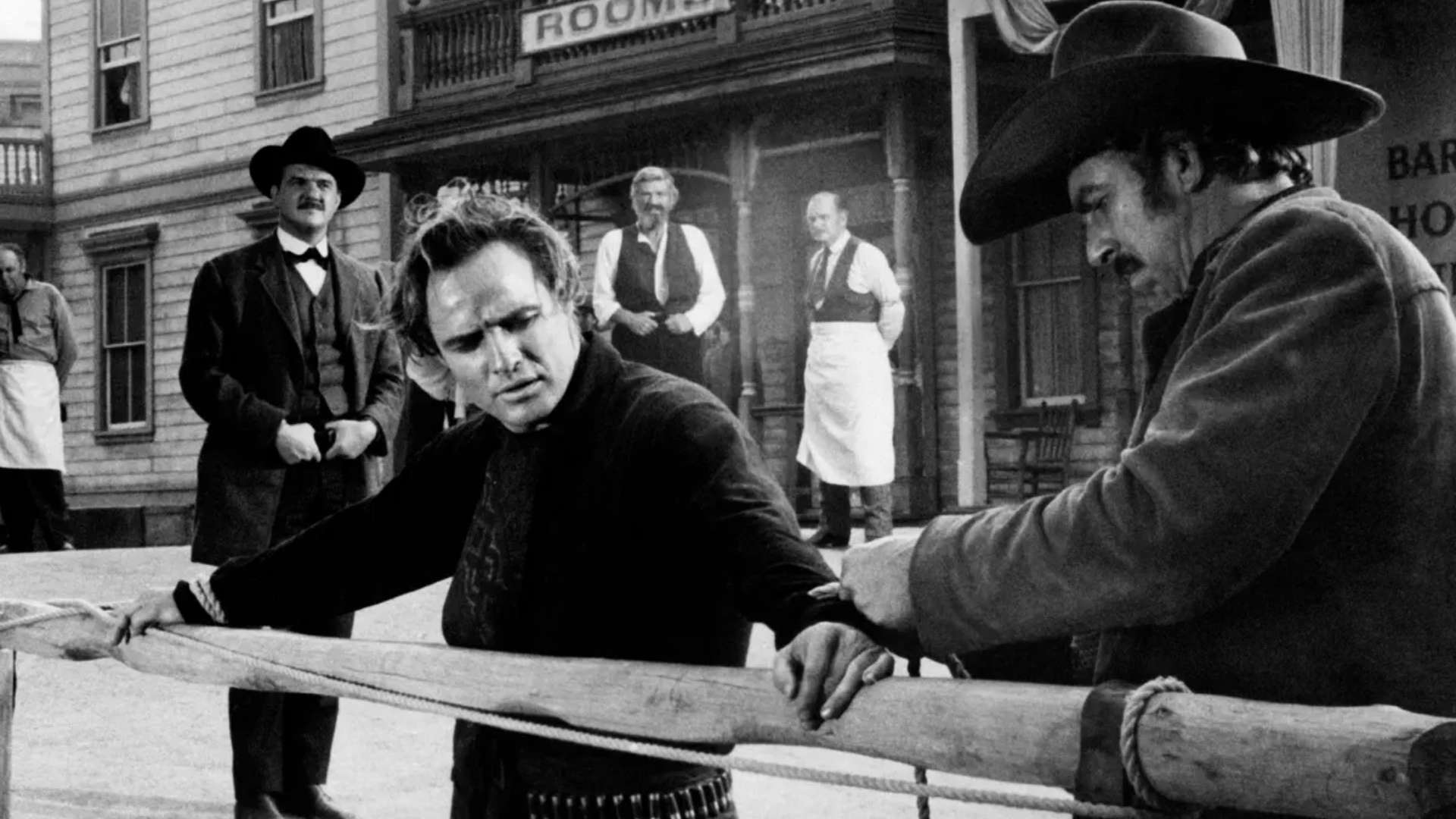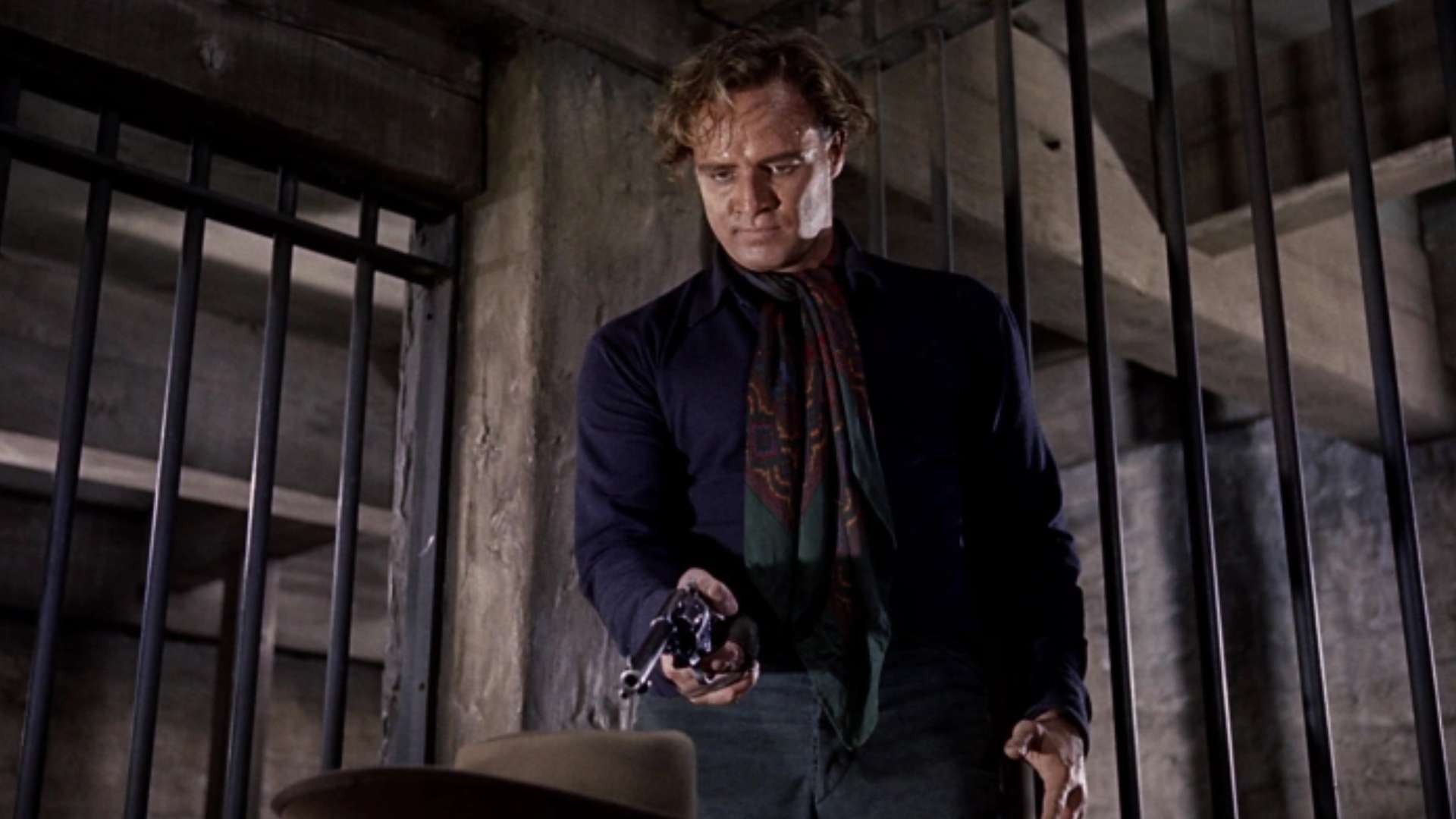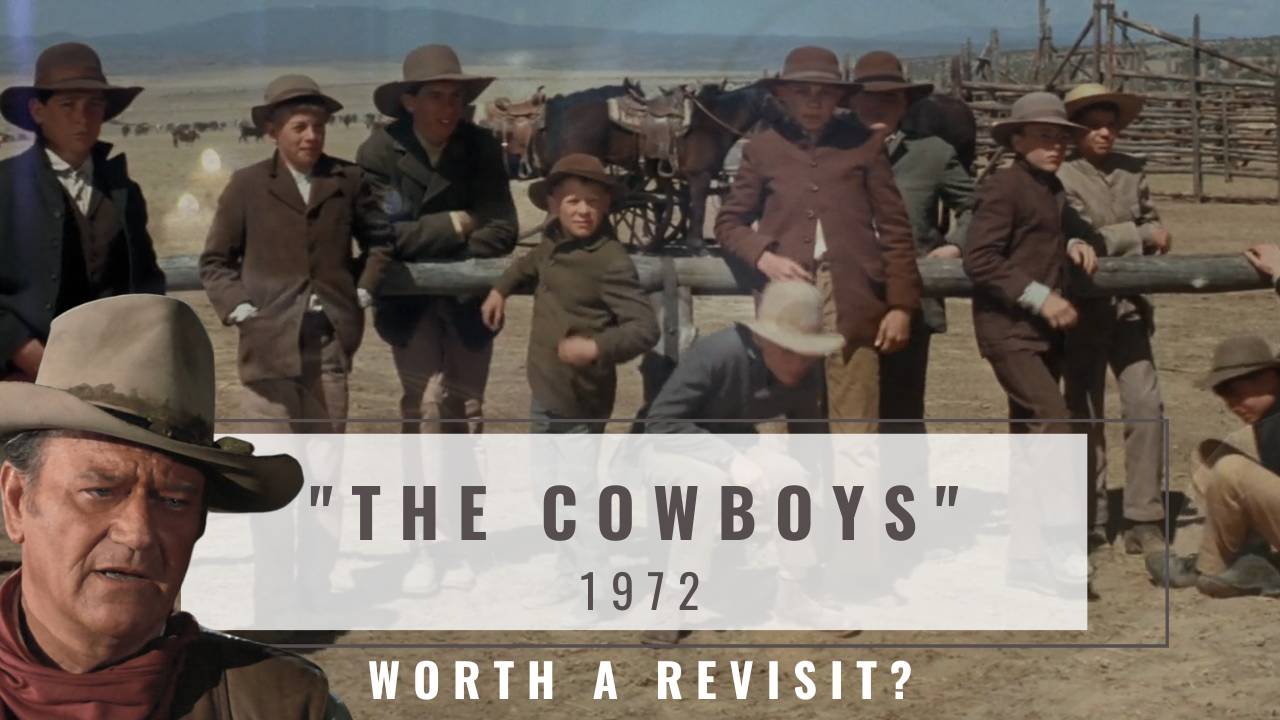Unveiling the Underrated Gem: Marlon Brando's "One-Eyed Jacks" (1961)

Marlon Brando is one of the most celebrated actors in the history of cinema, known for iconic performances in films like “A Streetcar Named Desire” and “The Godfather.” However, many are unaware that Brando also stepped behind the camera to direct one film - the 1961 Western “One-Eyed Jacks.” Though overlooked at the time, Brando’s directorial debut deserves renewed appreciation as an underrated gem with a unique style and compelling character explorations.
Historical Context and Significance
Brando’s decision to direct “One-Eyed Jacks” was motivated in part by his dissatisfaction with the way Hollywood was making Westerns in the 1950s. He aimed to craft a Western that was more realistic, psychologically complex, and character-driven than the genre fare of the time. The early 1960s marked a transformational period in Hollywood, as the studio system declined and actors like Brando felt empowered to take creative risks behind the camera. Though the Western genre remained popular, Brando sought to put a distinctive spin on it with “One-Eyed Jacks.”
Stats
Budget: $6 million
Domestic box office: $4.3 million (US/Canada rentals)
International box office: $1.5 million
Worldwide box office: $5.8 million
Plot and Characters
Set in Monterey, California, “One-Eyed Jacks” is both a tale of revenge and an introspective character study. Brando stars as Rio, seeking vengeance against his former partner “Dad” Longworth (Karl Malden) for betrayal. Rather than just kill Longworth, Rio decides to torment him psychologically. Their shared history is revealed through flashbacks that add depth to the outlaw characters. Brando explores Rio’s inner conflicts as he interacts with Longworth's step daughter Louisa (Pina Pellicer) and holds the town under siege.

Brando's Directorial Vision
As a director, Brando departed from standard Westerns by emphasizing psychology over action. Through close-ups and roving camerawork, he crafted an intimate, meditative tone. Brando drew nuanced performances out through extensive improvisation with his actors. He added depth even to minor roles, rejecting the black-and-white morality of traditional Westerns. This moral ambiguity was ahead of its time. Above all, Brando succeeded in making an introspective Western about understanding flawed people.
The New York Times: "One-Eyed Jacks is a film of great ambition and scope, but it is also a film of great flaws. Brando's direction is uneven, and the film is often slow-paced and ponderous. However, Brando's performance as Rio is mesmerizing, and the film's final act is a powerful and moving conclusion. One-Eyed Jacks is a film that is worth watching for Brando's performance alone, but it is also a film that is worth watching for its insights into the Western genre and its exploration of complex themes of revenge, betrayal, and redemption."
RELATED:

Production Challenges and Triumphs
The production endured troubles due to Brando’s inexperience and creative disputes with the studio. However, studio interference also hampered Brando’s vision at times. Despite compromises, Brando persevered to complete his ambitious vision. The cast praised his revelations about character, and Brando harnessed the dramatic coastal scenery as a key visual element. The production difficulties ultimately added potency to the film’s themes. Brando emerged as a director with a strong, distinct perspective.

Critical Reception and Contemporary Views
The film received mixed reactions upon release. Some praised its artistry and psychological depth, considering it better than typical Westerns. Others found it overly talky and self-indulgent. The film was also overshadowed by “The Magnificent Seven.” In retrospect, “One-Eyed Jacks” is now seen as a groundbreaking deconstruction of Western mythology, with its unconventional pacing, lyricism, and character study.
Roger Ebert: "One-Eyed Jacks is a film of great beauty and power, a Western that defies the conventions of the genre and creates its own unique vision. Brando's direction is confident and assured, and his performance as Rio is one of his best. The film is beautifully shot, with stunning cinematography of the California coast. One-Eyed Jacks is a must-see for fans of Brando, Westerns, or great cinema."
Legacy and Influence
Though initially overlooked, “One-Eyed Jacks” pointed towards psychologically complex Westerns like “Once Upon a Time in the West.” It also inspired non-linear plotting and extensive use of backstory. While not the only film to deconstruct Western tropes, it was one of the first and helped pave the way for others. Beyond Westerns, “One-Eyed Jacks” increased prospects for actors pursuing directing careers.

Rediscovering the Film
Despite fading into obscurity after its release, “One-Eyed Jacks” can now be discovered on restored formats and streaming. For modern audiences, its striking visuals and melancholy, introspective tone help reveal its artistry outside the biases of its time. The film displays how genre films can transcend conventions through innovation and understanding.
RELATED:

Conclusion
With “One-Eyed Jacks,” Brando took risks to critique Western mythology and archetypes. Though misunderstood in 1961, it was a remarkably mature directorial debut. Brando created a film ahead of its time in its style and character depth. It remains a testament to his immense talents as both actor and director.






Comments ()